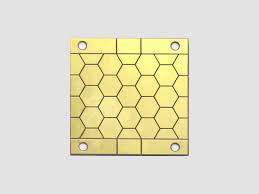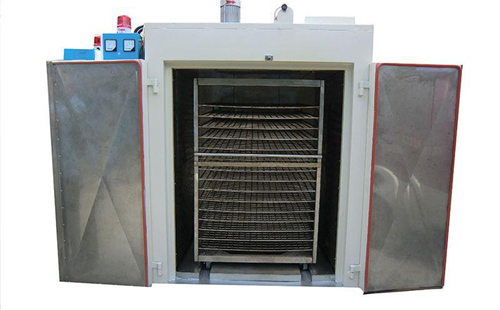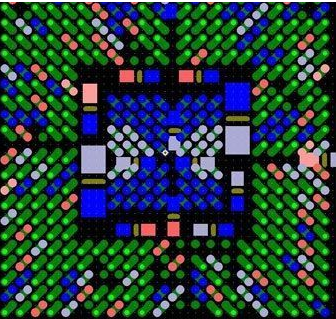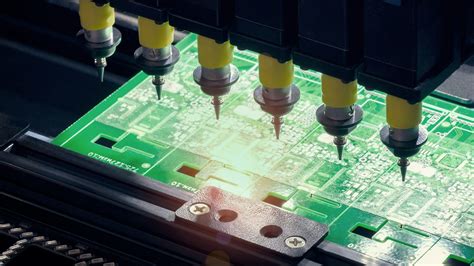Smt pcba
Smt Pcba: Revolutionizing Modern Electronics Manufacturing
Surface Mount Technology (SMT) and Printed Circuit Board Assembly (PCBA) have become cornerstones in the field of modern electronics manufacturing.
The integration of these technologies has revolutionized the way electronic devices are designed, produced, and utilized, leading to significant advancements in both consumer and industrial applications. SMT, in particular, has enabled the miniaturization of electronic components, allowing for more compact and efficient designs. This, in turn, has facilitated the development of sophisticated devices that are now ubiquitous in everyday life.
The process of SMT involves mounting electronic components directly onto the surface of printed circuit boards (PCBs).
This method contrasts with the traditional through-hole technology, where components are inserted into pre-drilled holes on the PCB. SMT offers several advantages, including higher component density, improved performance, and reduced manufacturing costs. These benefits are achieved through the use of automated machinery that places components with high precision, ensuring consistent quality and reliability.
One of the key aspects of SMT is the use of solder paste, which is applied to the PCB before component placement.
The solder paste acts as an adhesive, holding the components in place during the assembly process. Once the components are positioned, the PCB is subjected to a reflow soldering process, where it is heated to a temperature that melts the solder paste, creating a strong electrical and mechanical bond between the components and the PCB. This process is highly efficient and can be completed in a matter of minutes, making it ideal for high-volume production.
In addition to the efficiency and precision offered by SMT, the technology also supports the use of smaller and more complex components.
This capability is particularly important in the development of modern electronic devices, which often require intricate circuitry and high levels of functionality within a limited space. For example, smartphones, tablets, and wearable devices all rely on SMT to achieve their compact form factors and advanced features. Moreover, the automotive and aerospace industries also benefit from SMT, as it allows for the production of lightweight and reliable electronic systems that are essential for safety and performance.
The evolution of SMT has also led to advancements in PCBA, which encompasses the entire process of assembling electronic components onto a PCB.
PCBA involves several stages, including component placement, soldering, inspection, and testing. Each stage is critical to ensuring the final product meets the required specifications and quality standards. Automated optical inspection (AOI) and X-ray inspection are commonly used to detect defects and ensure the integrity of the assembly. These inspection methods are crucial for identifying issues such as solder joint defects, component misalignment, and other potential problems that could affect the performance of the final product.
Furthermore, the adoption of SMT and PCBA has driven innovation in the design and manufacturing of electronic components.
Manufacturers are continually developing new materials and techniques to enhance the performance and reliability of their products. For instance, advancements in solder paste formulations and reflow soldering profiles have improved the thermal and mechanical properties of solder joints, reducing the risk of failure in demanding applications.
In conclusion, SMT and PCBA have fundamentally transformed the electronics manufacturing industry, enabling the production of smaller, more efficient, and highly reliable electronic devices. The integration of these technologies has not only improved manufacturing processes but also paved the way for new innovations in various sectors. As technology continues to evolve, SMT and PCBA will undoubtedly play a crucial role in shaping the future of electronics, driving further advancements and enabling the development of next-generation devices.
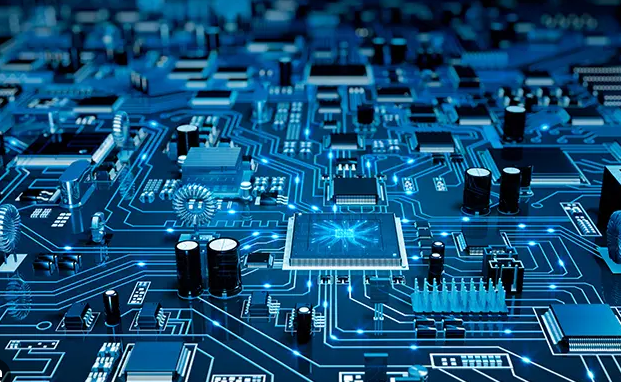
The Benefits Of Smt Pcba In High-Density Circuit Design
Surface Mount Technology (SMT) has revolutionized the field of Printed Circuit Board Assembly (PCBA), particularly in the realm of high-density circuit design. This advanced method of mounting electronic components directly onto the surface of printed circuit boards has brought about numerous benefits, making it a preferred choice for modern electronic manufacturing. As we delve into the advantages of SMT PCBA, it becomes evident that its impact on high-density circuit design is profound and multifaceted.
One of the primary benefits of SMT PCBA is its ability to significantly reduce the size and weight of electronic devices.
Traditional through-hole technology, which involves inserting component leads into drilled holes on the PCB, often results in bulkier and heavier assemblies. In contrast, SMT allows for the placement of components on both sides of the board, thereby maximizing the use of available space. This capability is particularly advantageous in high-density circuit design, where the demand for compact and lightweight devices is ever-increasing. Consequently, SMT PCBA enables the production of smaller, more portable electronic gadgets without compromising functionality.
Moreover, SMT PCBA enhances the performance and reliability of electronic circuits.
The shorter lead lengths associated with surface-mounted components result in lower inductance and resistance, which in turn leads to improved electrical performance. This is especially critical in high-frequency applications where signal integrity is paramount. Additionally, the robust mechanical bonding between the components and the PCB surface reduces the likelihood of mechanical failures, such as solder joint cracks, which are more common in through-hole assemblies. As a result, SMT PCBA contributes to the overall durability and longevity of electronic products.
Transitioning to the manufacturing process, SMT PCBA offers significant advantages in terms of automation and production efficiency.
The use of automated pick-and-place machines allows for the rapid and precise placement of components, thereby reducing assembly time and labor costs. This level of automation also minimizes human error, leading to higher consistency and quality in the final product. Furthermore, the reflow soldering process used in SMT ensures uniform solder joints, which are essential for reliable electrical connections. These efficiencies are particularly beneficial in high-density circuit design, where the complexity and number of components can be substantial.
In addition to these technical and manufacturing benefits, SMT PCBA also supports greater design flexibility.
The ability to place components on both sides of the PCB and the availability of a wide range of surface-mount components, including microchips, resistors, and capacitors, provide designers with more options to optimize circuit layouts. This flexibility is crucial in high-density designs, where space constraints and the need for intricate circuitry demand innovative solutions. Consequently, SMT PCBA empowers designers to create more sophisticated and efficient electronic systems.
Furthermore, the environmental impact of SMT PCBA is worth noting.
The reduced material usage and waste associated with surface-mount components contribute to more sustainable manufacturing practices. Additionally, the energy-efficient nature of automated SMT processes aligns with the growing emphasis on eco-friendly production methods. As the electronics industry continues to prioritize sustainability, the adoption of SMT PCBA in high-density circuit design represents a step towards greener manufacturing.
In conclusion, the benefits of SMT PCBA in high-density circuit design are manifold, encompassing size and weight reduction, enhanced performance and reliability, improved manufacturing efficiency, greater design flexibility, and environmental sustainability. As technology continues to advance and the demand for compact, high-performance electronic devices grows, the role of SMT PCBA in meeting these challenges will undoubtedly become even more significant.
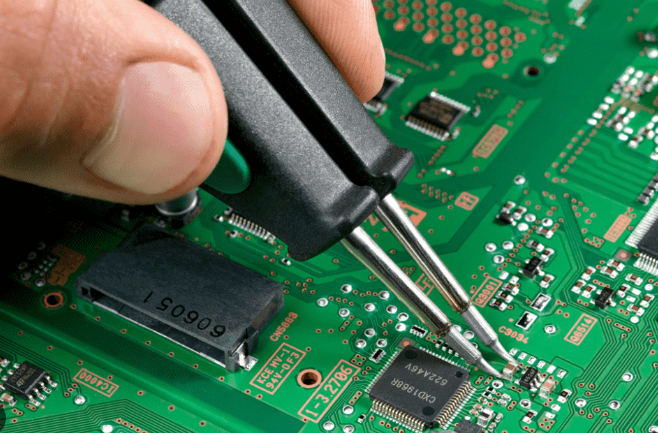
Common Challenges And Solutions In Smt Pcba Production
Surface Mount Technology (SMT) in Printed Circuit Board Assembly (PCBA) has revolutionized the electronics manufacturing industry by enabling the production of smaller, more efficient, and highly reliable electronic devices. However, despite its numerous advantages, SMT PCBA production is not without its challenges. Understanding these common challenges and their corresponding solutions is crucial for manufacturers aiming to optimize their production processes and ensure high-quality outcomes.
One of the primary challenges in SMT PCBA production is component placement accuracy.
As electronic devices become increasingly compact, the components used in their assembly also shrink in size. This miniaturization necessitates precise placement of components on the PCB to avoid misalignment, which can lead to functional failures. To address this issue, manufacturers can invest in advanced pick-and-place machines equipped with high-resolution cameras and sophisticated software algorithms. These machines can accurately position components, even those with extremely small footprints, thereby reducing the likelihood of placement errors.
Another significant challenge is solder paste application.
The solder paste must be applied uniformly and in the correct amount to ensure proper solder joints. Inconsistent solder paste application can result in defects such as solder bridges, insufficient solder, or tombstoning, where components stand on end rather than lying flat. To mitigate these issues, manufacturers can employ automated stencil printers with precise control over the amount and placement of solder paste. Additionally, regular maintenance and cleaning of stencils can prevent clogging and ensure consistent paste deposition.
Thermal management during the reflow soldering process is also a critical concern.
The reflow oven must heat the PCB and its components to the correct temperature profile to ensure proper soldering without damaging sensitive components. Variations in temperature can lead to issues such as cold solder joints or component warping. To overcome this challenge, manufacturers can utilize reflow ovens with multiple heating zones and precise temperature control. By carefully monitoring and adjusting the temperature profile, they can achieve consistent and reliable soldering results.
Component handling and storage present another set of challenges in SMT PCBA production.
Components are often sensitive to moisture and electrostatic discharge (ESD), which can compromise their functionality. To protect components from moisture, manufacturers can use dry storage cabinets and moisture barrier bags. For ESD protection, implementing proper grounding procedures and using ESD-safe materials and equipment is essential. Training personnel on ESD handling practices can further minimize the risk of component damage.
Inspection and quality control are indispensable in ensuring the reliability of SMT PCBA assemblies.
Manual inspection can be time-consuming and prone to human error, especially with the increasing complexity of modern PCBs. Automated optical inspection (AOI) systems can significantly enhance the inspection process by quickly identifying defects such as misaligned components, solder bridges, and insufficient solder joints. Additionally, X-ray inspection systems can detect hidden defects, such as voids in solder joints or internal component damage, that are not visible through optical inspection.
In conclusion, while SMT PCBA production presents several challenges, manufacturers can effectively address these issues through the adoption of advanced technologies and best practices. By investing in precise component placement equipment, automated solder paste application systems, controlled reflow soldering processes, proper component handling and storage, and robust inspection and quality control measures, manufacturers can enhance the reliability and performance of their electronic assemblies. As the demand for smaller, more powerful electronic devices continues to grow, overcoming these challenges will be essential for staying competitive in the ever-evolving electronics manufacturing industry.
Future Trends In Smt Pcba Technology And Applications
Surface Mount Technology (SMT) and Printed Circuit Board Assembly (PCBA) have been at the forefront of electronic manufacturing for decades. As technology continues to evolve, the future trends in SMT PCBA technology and applications are poised to revolutionize the industry further.
One of the most significant trends is the increasing miniaturization of electronic components.
As consumer demand for smaller, more powerful devices grows, manufacturers are compelled to develop more compact and efficient components. This trend is driving advancements in SMT, enabling the placement of smaller components with higher precision and reliability.
In addition to miniaturization, the integration of advanced materials is another critical trend shaping the future of SMT PCBA. The use of materials such as flexible substrates and advanced polymers is becoming more prevalent, allowing for the development of flexible and wearable electronics. These materials not only enhance the durability and performance of electronic devices but also open up new possibilities for innovative applications in various industries, including healthcare, automotive, and consumer electronics.
Moreover, the advent of Industry 4.0 and the Internet of Things (IoT) is significantly impacting SMT PCBA technology.
The integration of smart manufacturing processes, such as automated assembly lines and real-time data analytics, is enhancing production efficiency and quality control. IoT-enabled devices are also driving the demand for more sophisticated PCBA designs, capable of supporting complex functionalities and seamless connectivity. This shift towards smart manufacturing and IoT integration is expected to continue, further advancing the capabilities of SMT PCBA technology.
Another emerging trend is the increasing focus on sustainability and environmental responsibility in electronic manufacturing.
As global awareness of environmental issues grows, there is a rising demand for eco-friendly manufacturing practices and materials. This has led to the development of lead-free soldering techniques and the use of recyclable materials in PCBA production. Additionally, manufacturers are adopting energy-efficient processes and reducing waste to minimize their environmental footprint. These sustainable practices are not only beneficial for the environment but also contribute to cost savings and improved brand reputation.
Furthermore, advancements in artificial intelligence (AI) and machine learning are playing a pivotal role in the evolution of SMT PCBA technology.
AI-driven algorithms are being utilized to optimize the placement of components, predict potential defects, and enhance overall production efficiency. Machine learning models can analyze vast amounts of data from the manufacturing process, identifying patterns and trends that can be used to improve quality control and reduce downtime. The integration of AI and machine learning in SMT PCBA is expected to lead to more intelligent and autonomous manufacturing processes, ultimately driving innovation and competitiveness in the industry.
In parallel, the development of advanced inspection and testing techniques is crucial for ensuring the reliability and performance of PCBA.
High-resolution imaging, X-ray inspection, and automated optical inspection (AOI) systems are becoming more sophisticated, enabling the detection of even the smallest defects and ensuring the highest quality standards. These advanced inspection methods are essential for meeting the stringent requirements of industries such as aerospace, medical devices, and telecommunications.
In conclusion, the future trends in SMT PCBA technology and applications are characterized by miniaturization, advanced materials, smart manufacturing, sustainability, AI integration, and advanced inspection techniques. These trends are driving significant advancements in electronic manufacturing, enabling the development of more compact, efficient, and reliable electronic devices. As the industry continues to evolve, manufacturers must stay abreast of these trends to remain competitive and meet the ever-changing demands of the market. The ongoing innovation in SMT PCBA technology promises to unlock new possibilities and applications, shaping the future of electronics in ways we have yet to fully imagine.

